Myths And Realities
For as long as there have been legends and myths, there have been people who speculate how many of these legends and myths are just that and how many are based in fact. A lot of Redditors decided to ask the experts their opinions.
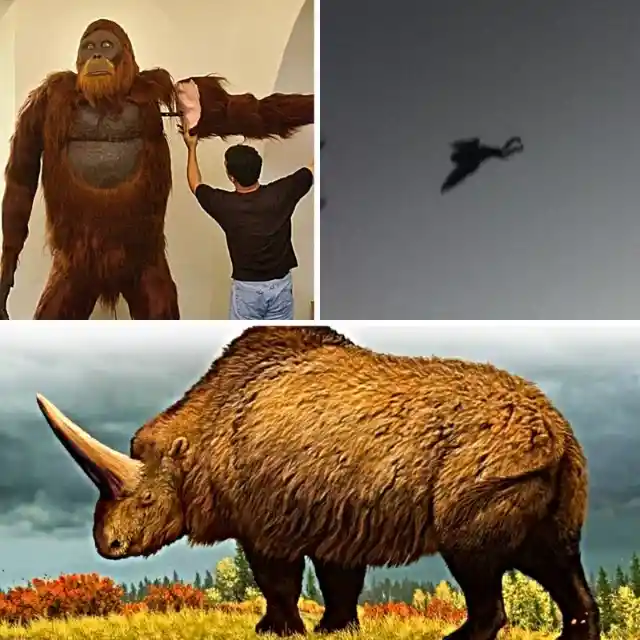
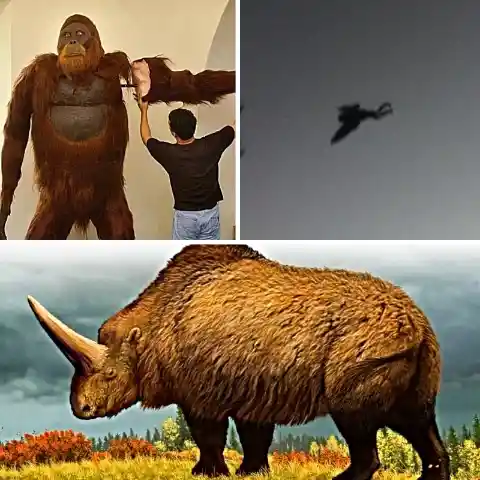
So on Reddit, many archaeologists, marine biologists, and more experts in their respective fields have come forward and given their opinion on what legends they think may have more truth to them than meets the eye.
The Shipwrecked Soldier
Archaeologist here. There's a really interesting ancient Egyptian story called the Shipwrecked Sailor in which a man has washed ashore on a beautiful island and is apprehended briefly by an enormous serpent. In the story, the serpent tells him that there used to be hundreds of others like him, but a falling star wiped them all out.


I think it's unlikely that the Egyptians had knowledge of dinosaurs, but there's a site called Wadi Hitan that has thousands of ancient whale skeletons from the Eocene. I think it's possible they could have seen these skeletons and mistaken them for giant snakes. Herodotus actually tells similar tales of giant flying snakes in Egypt, and I suppose if you saw these skeletons but no trails, you might think they were capable of flight. Story credit - Reddit/hetep-di-isfet
Beowulf
Beowulf, who is featured in one of the most important texts written in Old English, may very well have been real. The epic details what people Beowulf belonged to (the Geats, who resided in modern Götaland), and IIRC, battles which have taken place according to historians (particularly between the Geats and the Swedes).
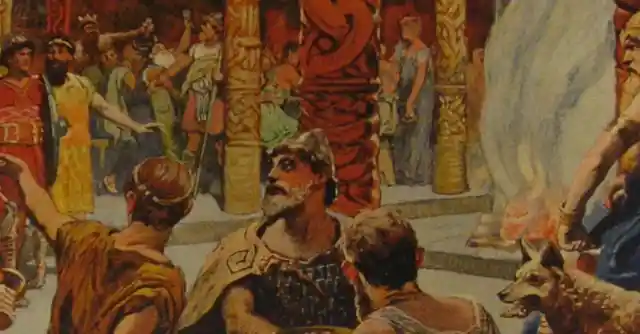
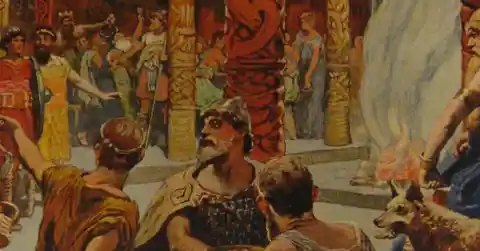
Most intriguing to me are the facts that the location of Beowulf's burial mound is included in the epic - and that there is what looks like a hill at that location in modern Sweden that has never been excavated. Story credit - Reddit/smygartofflor
King Arthur
From the legendary side of things, King Arthur was certainly someone who actually existed, albeit in a much different form than modern audiences would be familiar with. The earliest mentions of him are as a historical British king who lived during the 5th Century - he's in a king list, he's mentioned as winning a series of decisive battles against the Saxons, and his excellent swordsmanship is referenced once. And that's about it.
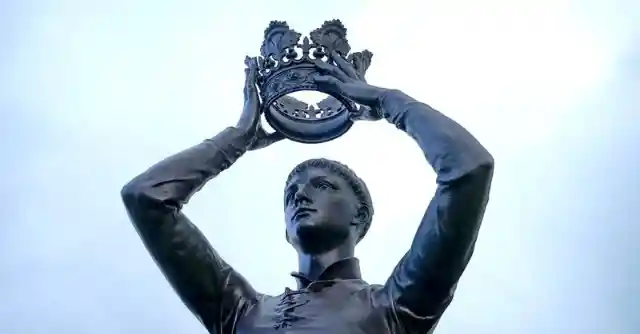
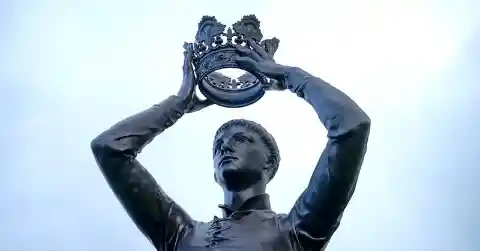
During the Middle Ages, Arthur's tale was romanticized and then conflated with other myths & folklore - several of his knights, such as Lancelot, were originally heroes of their own legends before being added to his - until we finally ended up with our present version that has all the Medieval knights and magic and the Round Table and the Holy Grail business. It's entirely possible that the name of Arthur itself was part of this later conflation, as his victories against the Saxons were also credited in some sources to a general named Ambrosius Aurelianus. Those sources may be wrong, or they may have been two different leaders who were mistakenly combined by later writers (a king and his general, perhaps). Story credit - Reddit/Axelrad77
Troy
The Trojan War is another legendary event that was certainly based on something real. We know Troy was a real city that was actually razed around 1190 BC, and we have a lot of evidence that says the Mycenaean Greeks and the Hittite Empire fought several conflicts over the city (which was a powerful city-state and vassal of the Hittites at the time). The Trojan War from The Iliad is either a legendary account of the most glorious Mycenaean victory in these wars or perhaps a dramatization of the entire series of wars distilled into one mythical conflict.
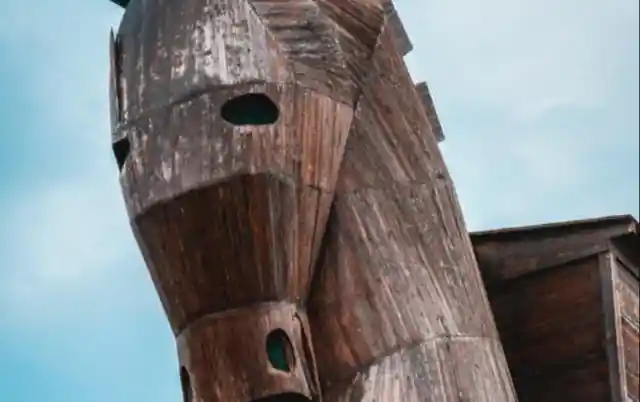

As for the people mentioned in the stories, though? No telling. Many were likely based on actual nobles from the conflicts, but Greek mythos has a habit of adding later heroes to famous stories. Combined with the massive time gap before we inherit our earliest surviving copy of the story, at least some of the characters were probably added later. Serious scholarship tries to identify which parts of The Iliad are most guilty of this and which parts most resemble its Bronze Age origins. Story credit - Reddit/Axelrad77
Cyclops
The cyclopes of Greek mythology. Go Google up an elephant skull. There's this huge hole right in the middle of it, looking to all the world like a single eye.
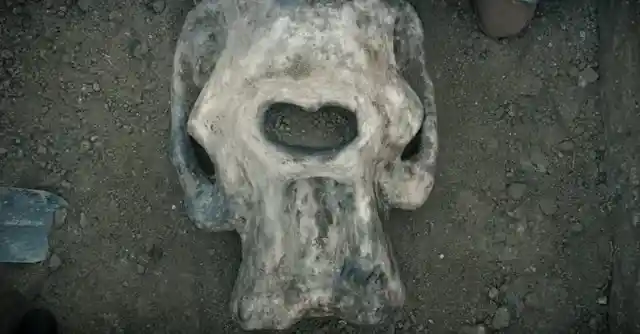
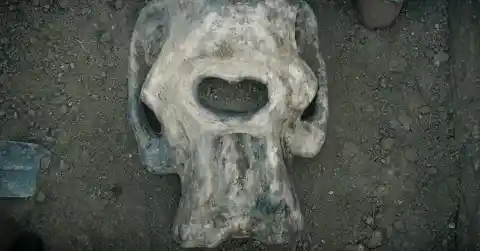
Now add this to the knowledge that the Cretan dwarf mammoth left subfossil bones on Crete easily discoverable, was one meter at the shoulder, and could be more or less assembled into a giant humanoid. Story credit - Reddit/Hattix
The Kraken
The Kraken. The mythological and terrifying creature that lived on the Nordic seas. The legend never clarified if it was a giant squid or anything else, but it's the most accurate thing.


The legend may have been created by people dividing the bodies of Giant Squids, 16m long, and they supposed it was a deadly monster. The Kraken was born. Story credit - Reddit/carleslaorden
Pouakai
The Māori people of New Zealand have long told stories of the Pouakai, a monstrous bird that was big enough to hunt and eat humans. Many believe that these stories are referring to the Haast's Eagle. It was the largest species of eagle ever to have lived on Earth, with weights of around 30 lbs and wingspans almost reaching 10 feet. It lived on New Zealand's South Island and primarily hunted the flightless moa bird, which weighed around 500 lbs. Given the large size of its main prey, it's likely that the eagle may have also targeted lone humans as well.
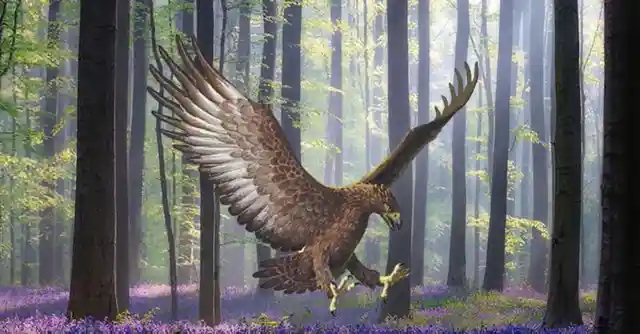
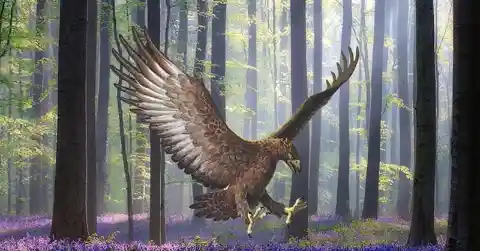
Interestingly enough, the Haast's eagle went extinct around the year 1400, not long after the Māori arrived in New Zealand. It's thought that its extinction can be attributed to habitat destruction combined with the extinction of the moa due to hunting by the Māori. Story credit - Reddit/AvatarTreeFiddy
Wendigo
The Wendigo probably existed, just not as a creature. People in the far north who survived a brutal winter by eating a family member had a psychological escape hatch from the guilt and horror by convincing themselves they were transforming into a ravenous, murderous beast. They would continue to do it in a hysteric delusion that they had no control over it. Wendigo hunters would then have to put them out of their misery and perform a shamanic ritual to assure the rest of the tribe that the taint wouldn't spread.
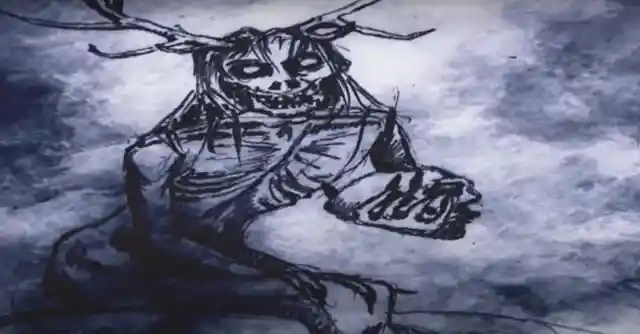
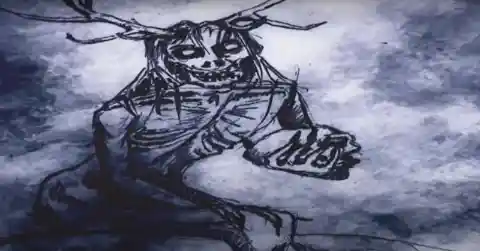
It's actually an incredibly fascinating study into culturally specific mental illness. The lengths the mind will go to in order to avoid dealing with a traumatic event are so extraordinary that in that culture, they would actually continue to murder and cannibalize fellow tribe members under the delusion they had transformed into a monster. Story Credit - Reddit/Vict0r117
Unicorns
The mythical unicorn likely derives from travelers from Africa or Asia to Europe trying to describe a rhinoceros (there are Asian rhinos in India, Nepal, and Indonesia). When you consider that ancient Greek depictions of lions sometimes looked more like dogs and that the word hippopotamus comes from Greek words meaning "river horse," it's easy to see how a Greek traveler would describe a rhino as a one-horned horse.
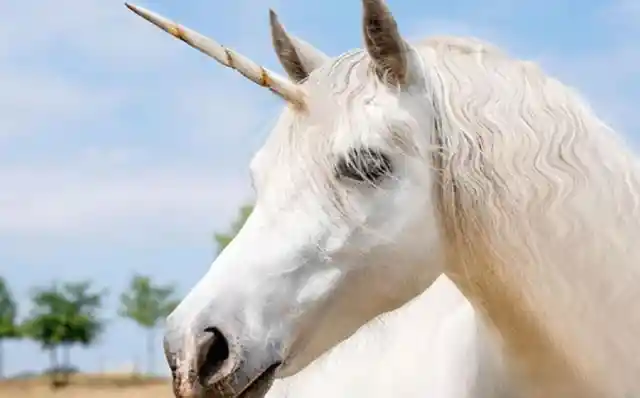

There's linguistic evidence for this idea. Four hundred years ago, it was believed that there were two types of rhinos. Ones with two horns were called "rhinoceros," and ones with a single horn were called "unicorns." So the word unicorn was used to describe both real rhinos and the mythical one-horned horse. It wasn't until zoology advanced as a science that 'unicorn' came to refer purely to the mythical creature. There are still remnants of the original usage, though. The genus of scientific name for Asian rhinos (which have one horn) is 'unicornus.' Story credit - Reddit/HypersonicHarpist
Chullanchaqui
When I was working in the Amazon, I was told of a creature called a Chullanchaqui. They make gardens in the forest, generally of all one species of plant, and if you encounter them, you are supposed to walk around them. If you must pass through you, ask permission, walk through quickly, and don't touch anything.


If you don't obey this, the Chullanchaqui will attack you. Well, those forest gardens are the large hives of leaf-cutter ants, and if you spend any time inside them or disturb the vegetation in them, the ants will come out and attack you. Story credit - Reddit
Bigfoot
Published archaeologist here. All over the world, from Siberia to Australia, the Himalayas to Ohio, mankind has told stories of tall, bipedal apes that live in the forests. The First Nations of the Pacific Northwest call them the Sasquatch, the Nepalese call them Yeti, but today most people refer to them as Bigfoot. There was an entire line of humanoids called the robust Australopithecines that evolved right alongside us. They were about nine feet fall, extremely muscular, hairy, omnivorous, and importantly lacked the big brain that we got. Because they mostly fed on things like roots, they were mostly arboreal upright apes that had insane jaw muscles which required an anchor point on their skull called the sagittal crest. This is what separates our branch of the human family from theirs. While we lack the crest and have comparatively weak jaw muscles, we gained the power of speech and abstract thought while our robust cousins got by on brute force alone. Many sightings of Bigfoot often report a domed head, hinting towards the identity of the beast.


Their fossils are exceedingly rare. As a matter of fact, all human fossils are rare, especially the really old ones. Nevertheless, the youngest robust Australopithecine fossil is dated to roughly 100,000 years ago. It is entirely possible that they survived long after that. As previously stated, the fossilization process is extremely difficult, and some species pass into the dark without ever leaving a fossilized trace of their existence. If the last ones died out sometime around 11,000 years ago, which marked the younger dryas extinction event, they would have been around during the peopling of the world, solidifying their place in many cultures mythology. Story credit - Reddit/Claudius-Germanicus
Werewolves
A key part of the mythos is that werewolves come out when the moon is full. If you invoked screaming terror every time you were seen and had to hide so as not to be hunted, you'd take to coming out to find food and such only at night. During the day, you'd stay out of sight of villages.


Back when the fire was the only way to see through the darkness, you wouldn't see a whole lot of people leaving their homes after nightfall. If you hear something in the forest, you have to go run-up to it with a torch in hand to see what it is -- not many people would leave their house to see what is probably an animal in the middle of the night. That's just asking to be attacked by wild animals. But on full moons, the landscape is illuminated so people go outside or can see outside through their windows without the need to be standing right next to something -- thus, it's only on full moons that any solitary people who avoided human contact were seen. Story credit - Reddit/theburgerbitesback
Stories To Keep Children Safe
Here's a point that many people aren't aware of outside of cryptozoology: many legends were shared and told to children and young adults to actually keep them safe from harm, which would have been of particular importance back in olden times when death from nearly anything was rampant and a serious concern.


England, where I'm pretty sure it was told to children to keep them safe and cautious when being near or dealing with water wells. Those were deadly times back then, and folklore actually saved lives for sure. The problem was that the children would actually tend to keep believing these stories even into adulthood, so I'm sure that many legends, in fact, became 'real accounts' in that way. Story credit - Reddit
Dragons
A dragon, but not the way you think. In Poland, where I live, there's one story of a dragon that nested under the hill called Wawel in Cracow and demanded to be given food. Otherwise, he would kill people. The dragon was eventually tricked into eating food poisoned with sulfur (and, according to the sources, exploded, but that's not important). The story, while it used the Polish name for a dragon (smoke), never mentions any dragon-like features - not wings, no fire breath, no scales, etc.
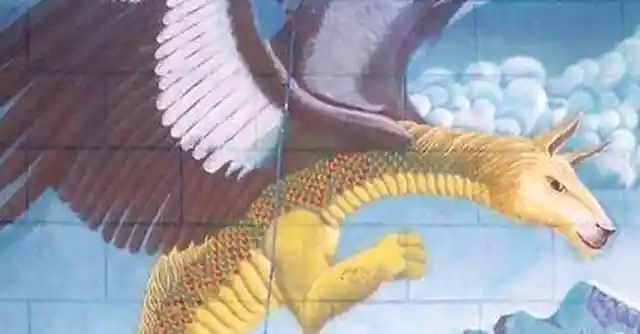
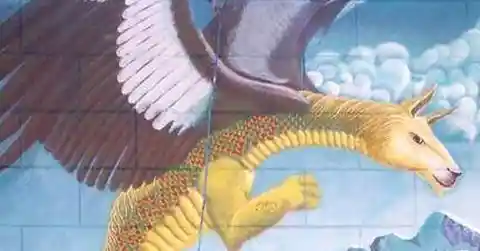
What I believe (I'm no historian, just a history nerd) is that the dragon in this story was actually human. He could freely communicate with other humans to threaten them but was somehow seen as someone very dangerous, someone inhuman. It could have been a serial killer or a one-time murderer cornered into the cave who used his aura of dangerousness to try to buy some time while he looked for a way to escape. It could have been a person shunned by society for some mental or physical deformity who tried to make the best out of a bad situation. I believe that Grendel, Grendel's mother, and the dragon from Beowulf's story were also human. Story credit - Reddit